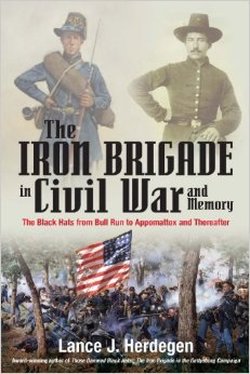
Lance J. Herdegen
Savas Beatie, 2012, 658 pp. + 14 pp. introduction, $39.95
ISBN: 978-1-61121-106-1
Image Courtesy of amazon.com
The Iron Brigade is, without a doubt, the most famous brigade which fought for the Union during the American Civil War. Strangely enough, throughout the many regimental histories written about the famous brigade, there has always been something missing in the study. With either a dry narrative, or the lack of a continuous thought process, the previous Iron Brigade studies have fallen short. Thankfully, Lance Herdegen’s The Iron Brigade in Civil War and Memory is the book on the famous brigade we have all be waiting for. Throughout the detailed chapters, this book never fails to keep the interest high and fills the pages with the myriad of action which these boys saw during the war.
Lance J. Herdegen is an award winning journalist and is the former director of the Institute of Civil War Studies at Carroll University. He experience in journalism is from working as an editor for the United Press International news service. This covered national politics, civil rights, and is currently working as a historical consultant for the Civil War Museum of the Upper Middle West. He is also the author of many articles and other books such as Those Damned Black Hats!: The Iron Brigade in the Gettysburg Campaign, Four Years With the Iron Brigade, and In the Bloody Railroad Cut at Gettysburg. He is considered by many to be the expert on the Iron Brigade.
This book has every bit of information any scholar could want on the Iron Brigade. Their entire history is placed on the table for all to see. This tome covers all the action which the brigade saw through the entire war and is sectionalized for the reader by year of conflict. One of the things which I enjoyed was the section on the Battle of Gettysburg where so many of the Iron Brigade fell. It has been some time since I have felt emotion reading a brigade history and Herdegen does the job well. One of the major points which can be appreciated is the section on Gettysburg is not a carbon copy of his other book Those Damned Black Hats! He offers a different narrative and is not repetitive. My favorite part of the book had to be the final pages of the narrative talking about the post war for some of these men. Accompanied by maps and photographs, this book is essential for any study on the Iron Brigade and the campaigns in which they were involved. The appendices are invaluable as they list off the regiments of the Iron Brigade and which counties the companies were formed within. Overall, this volume is the full treatment of the Iron Brigade any Civil War student or scholar could ever hope for.
I highly recommend this book and overall cannot recommend it enough. From the action packed chapters to the very well organized narrative, there is not enough time for me to say good things about this work. While there have been previous works on the Iron Brigade, Herdegen proves that he is the all-time master of the Iron Brigade’s history and a phenomenal historian who clearly has an incredible grasp on his subject.
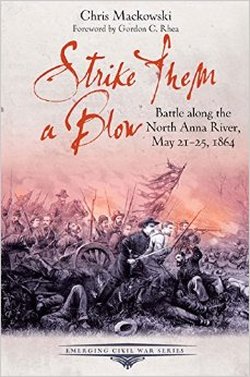
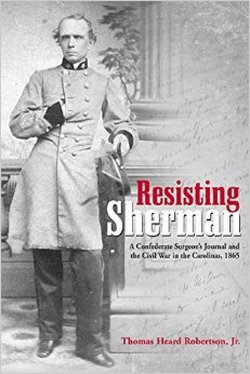
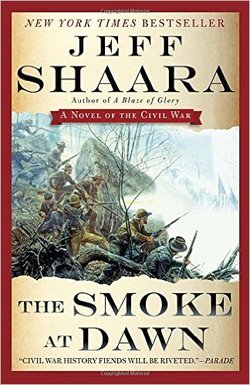

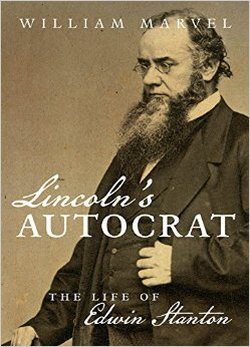
 RSS Feed
RSS Feed
